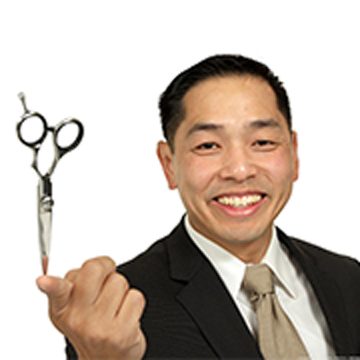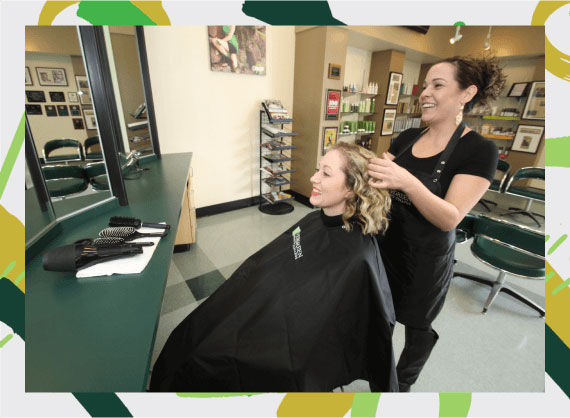Teach Your Child Simple Hair Care Tips
When your child is ready to learn about hair care, make sure that you teach them good grooming habits. From infanthood all the way to elementary school, mothers are the daily hair stylists for their children. However at some point, your little girl will want to style her own hair. Teaching her some good hair grooming habits will enable her to have healthy and attractive hair that is easy to style.
Give Her a Trim Hair Cut
Children find tangled hair difficult to handle. Therefore, you should make sure that you trim your girl’s hair so as to get rid of split ends. Hair without split ends is more manageable as it tangles less. If she can comb her hair easily, she will find the transition to caring for her own hair easier. Getting your child’s hair cut will make it easier for her to comb it daily. There are many trendy haircuts for long, short and medium sized hair. You can even find hair styles that are in fashion.
Use Mild Hair Products
Mild hair products and styling equipment are vital because they help children to style their own hair effortlessly. Your child should use gentle shampoos and conditioners so as to protect their sensitive scalps and delicate strands of hair. Sulfate-free shampoos are the best choice because they are mild. Dry hair needs heavy conditioner while normal hair can just be treated with spray detanglers. Make sure that the tools you purchase are gentle so that they do not scratch the child’s scalp.
Look for resin or handmade plastic combs. Your child will need to use a wild tooth comb to detangle her hair and a medium-tooth comb to style it. Natural bristles are preferable because they help in spreading sebum down the length of hair. Teach your little girl how to brush, comb and detangle her own hair. Let her see the way you use combs to brush through her hair so that she can emulate you in future.
Demonstrate The Simplest Styles In Hair Care
Let your child observe the way you style her hair in front of the mirror. This way, she will be able to see how you create several hairstyles and eventually learn how to do it. Here are some hairstyles that you should demonstrate;
- Ponytail- this hairstyle comes in handy for sports and school. It works on all types of hair and is easy to learn.
- Single braid- a single 3-strand braid is pretty easy to create with enough practice.
- Half up half down- gather her top half into a ponytail while letting the bottom fall on her shoulders. These simple hair care tips are easy to learn.
If you realize that your child has an interest in beauty, encourage her to follow her passion. Once she is old enough, help her choose a cosmetology school that is good enough for her.




